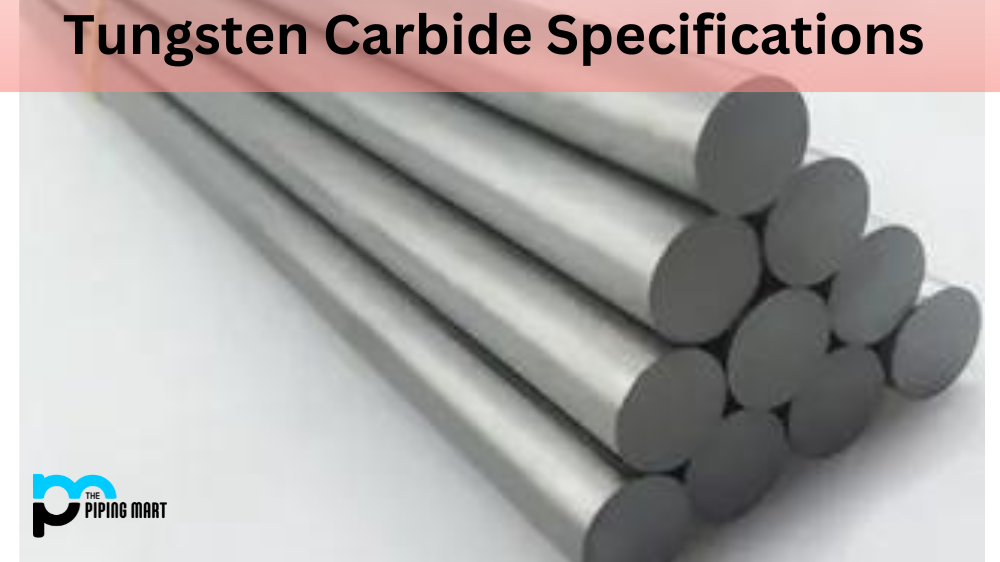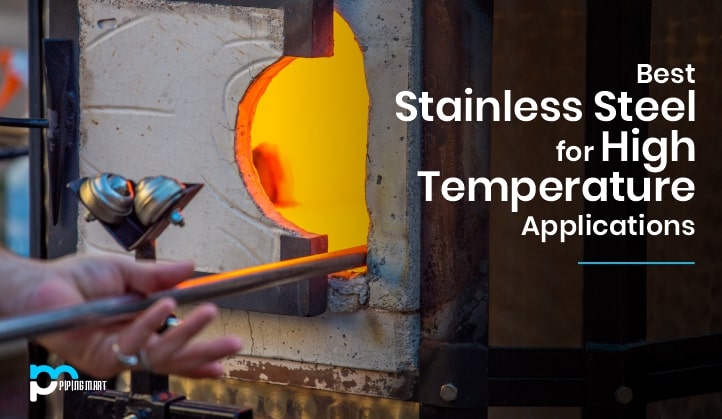Copper
Copper was the first metal that humans worked with and is still one of the most commonly used metals today. Copper is a reddish-gold metal that is ductile, malleable, and an efficient heat and electricity conductor. Natural Copper is composed of two stable isotopes: copper-63 (69.15 percent) and copper-65 (30.85 percent). The Atomic Weight of Copper is 63.546. On the Periodic Table of Elements, Copper is element 29. It is a semi-precious, nonferrous, malleable metal with hundreds of applications in electrical and electronic equipment, plumbing, building construction and architecture, industry, transportation, and consumer and health products.
Uses Of Copper In the Construction Industry
From Ancient Egyptian temple doors to Medieval European designs, copper has always played an important role in architecture. The Statue of Liberty, which is most famous in American culture, was built with 80 tonnes of copper sheet. Because the copper was so easily manipulated, it could be cut and hammered to produce a thickness equivalent to two US pennies placed together. The ability of copper to withstand the elements is demonstrated by the Statue of Liberty’s nearly 130-year-long preservation. Here are some uses of copper in the construction industry.
Roofing
Copper roofs that are properly designed minimize thermal movement. Copper has 40% less thermal expansion than zinc and lead, which helps to prevent deterioration and failure. Furthermore, because of its high melting point, copper does not creep or stretch like other metals.
Plumbing
Copper is impermeable and does not absorb any substances with which it comes into contact. As a result, the water supply is safe. Copper water pipes, unlike iron water pipes, do not corrode as easily. Most other materials will corrode if they come into contact with a corrosion agent.
Recyclability
Because it does not degrade during recycling, copper has been in use by civilization for over 10,000 years and has been recycled since early times. The copper in use today may have first been fashioned into objects thousands of years ago. Copper is highly valued by scrap metal collectors and recycling companies. Except for silver, nonferrous metals are the best conductors of electricity. Its electrical and thermal conductivity, as well as its high ductility and malleability, making it one of the most sought-after metals in the industry, second only to iron and aluminum.
Antimicrobial
Copper has the potential to be used as an antibacterial material in healthcare settings. Contact killing was observed to occur at a rate of at least 7 to 8 logs per hour, and after prolonged incubation, no live microorganisms were recovered from copper surfaces.

Pipingmart is a B2B portal that specializes in metal, industrial and piping items. Additionally, we share the latest information and information about materials, products and various types of grades to assist businesses that are involved in this business.




